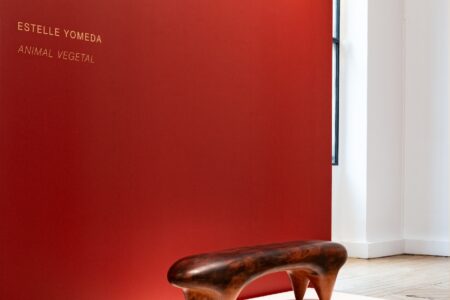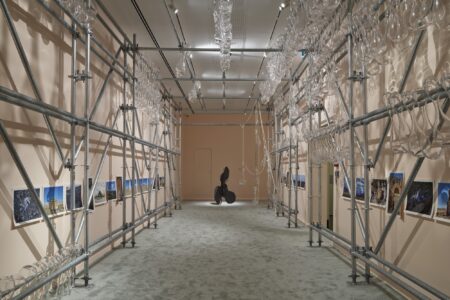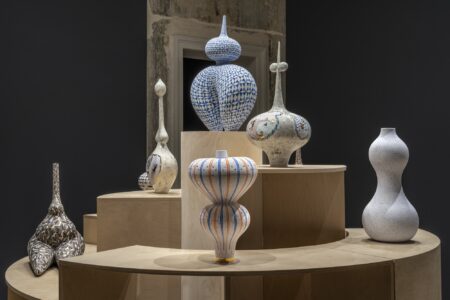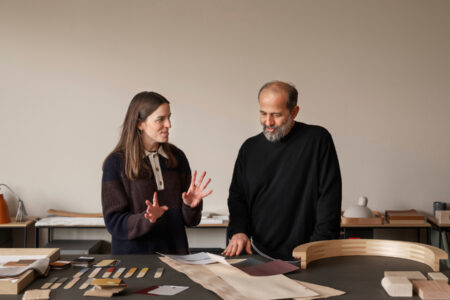Armaggan
Lise Coirier: How would you define Armaggan’s ‘uniqueness by design,’ – the brand’s DNA? Who are the founders and visionaries behind this cutting-edge concept?Ebru Karaçam – Armaggan General Manager: Armaggan is a brand name that comes from the word armağan – which means gift in Turkish....
Lise Coirier: How would you define Armaggan’s ‘uniqueness by design,’ – the brand’s DNA? Who are the founders and visionaries behind this cutting-edge concept? Ebru Karaçam – Armaggan General Manager: Armaggan is a brand name that comes from the word armağan – which means gift in Turkish. A gift shared from the heart and given to those we love. We offer “unique by design” gifts created by design talents with traditional craftsmanship that can only be found in Istanbul, which continues to transcend through the generations. The Armaggan logo is depicted as a bird – a modern interpretation of Seljuk-era motifs – representing the purity of uniquely designed gifts, deriving from different historical periods over sixteen centuries. Masterfully combining original contemporary designs with traditional craftsmanship, Armaggan produces exclusive hand-made jewelry, objets d’art, naturally dyed textiles, scarves, leather goods and home textiles. The unique items that make up each of our exclusive Armaggan collections are hand-made, limited editions crafted in our own ateliers and studios, timeless pieces designed to be handed down from generation to generation, appreciating in both value and distinction. Armaggan’s select product lines are designed for discerning guests seeking-out gifts that emulate refinement and a rich heritage. Armaggan was founded by two visionary scientists – Yalçın and Serpil Ayasli – who were passionate about the purity and refinement of craftmanship of their era in Istanbul and throughout Turkey. The ambition took lead them to capture, preserving and promoting rare traditional methods but also combined them with contemporary design and art. Providing a platform and open window for the world to see and for talents to showcase their innate sense of beauty and fine craftsmanship – that can only be distilled in Istanbul. They were also the founders of the Turkish Culture Foundation, Turkish Culture Association, Cultural Heritage Preservation and Natural Dyes Laboratory, YESAM Culinary Arts Center, Nar Gourmet and Borajet. Apart from Armaggan, the Ayasli family’s vision remains invariable. LC: Within the context of a global contemporary culture, Armaggan challanges its own ateliers to employ the highest level of Turkish handicrafts, from objets d’art, to textiles, jewelry, leather goods and culinary experiences. How do you see the future of these traditional crafts applied in more design-led products? EK: By preserving age-old techniques, Armaggan focuses on what we might call “slow fashion.” Products and items that are timeless and not subject to trends. We maintain the a strong link between masters and apprentices in traditional modes of production. An Armaggan product holds-on to the richness of the multi-cultured era. Our mission is based on continuos research and development of design cum craft. Armaggan restores the values that our fast consumer-based era neglects. Hence, I believe that our contemporary approach to traditional techniques, despite the limitations of traditional craftmanship, will overcome. LC: The Yali – dating back to 1861 – the original residence of Anatolia’s General Governor, was rebuilt on the European side as the Beylebeyi Palace – a summer residence of Sultan Abdülaziz. It was recently acquired by Armaggan owners and transformed into the Armaggan Bosphorus Suites. Located in Ortaköy, this unique location reveals the essence of Armaggan’s living experience. How does this exclusive venue – curated by Armaggan – exude true hospitality and a sense of high quality living? EK: Occupying three immaculately restored yalis – waterfront mansions – on the Bosporus’ European shore, Armaggan Bosporus Suites introduces Istanbul to a new concept – intimate home-style living finessed by the city’s most stylish design house. Similar to Armaggan’s brand mission, the Bosporus Suites embrace ultimate luxury with design elements and top service. Primarily available for rent as three separate houses or as one large residence, 18 individual suites celebrate the finest in local craftsmanship and hospitality. Our prestigious guests are welcomed with exquisite textiles and objets d’art. We offer a uniquely designed experience mixing cosmopolitan sophistication with an atmosphere of relaxed refinement, enriched with a full private service, that starts with a private jets, boat or car. Just like you’ve stated, Armaggan Bosporus Suites are the living reflection of the brand’s lifestyle philosphy – where one experiences rich multicultural heritage and contemporary design in an exclusive and unique environment. LC: Can you draw a map of Armaggan’s route through Anatolia, exploring Turkish culture, the crafts of silk (Oya), kilim, culinary traditions and heritage through NAR Gourmetand the YESAM Turkish Culinary Institute? EK: A regional map shows the route of Armaggan textile crafts – where one can see which city or region we work in, with different types of production. Our needle lace (oya) and kilim projects are manufactured all around Anatolia. We function in 25 different regions and cities with headquarters in Istanbul. Çanakkale, Manisa, İzmir, Aydın, Muğla, Konya, Aksaray, Mersin, Osmaniye, Antakya, Siirt, Van, Şırnak, Rize, Trabzon, Giresun, Amasya, Ankara, Ordu, Yalova, Samsun, Düzce, Sakarya,Bursa are cities where we coordinate our textile production. As far as NAR Gourmet is concerned, flavoirs of handcrafted foods capture the essence of a place –Turkey’s rich and fertile Anatolian heartland – they literally preserve the essence of each season. NAR Gourmet’s products are single-varietal products, made with fruits cultivated from a single micro-region and often a single orchard or grove. This makes each product a direct reflection of a distinct area of Anatolia, one of the world’s most bio-diverse and geographically varied growing regions. The most important aim of YESAM, the Culinary Arts Center, is to promote and preserve Turkish culinary culture – from past and present. With that being said, the culinary tradition and heritage of all Turkish regions, the Ottoman Empire, Anatolian Seljuks and the Central Asian Turks are included in the map, to trace the history and evolution of Turkish cuisine. Turkey’s journey starts before the 11th century and continues to present day – showing us how food has changed in different location, climates, habits and living conditions. Historically, Central Asian cuisine is quite simple and only includes dairy and meat products, with a few grains. In Anatolia, with the establishment of Anatolian Seljuks, cuisine was enriched with new ingredients, available with new land. When the Ottoman Empire was established and spread across three continents, cuisine became even more elaborate, as the imperial palace had access to all kinds of ingredients and cooks – brought over from all corners of the empire. Classic Turkish cuisine, that we know today, is based on this history and tradition. Therefore, it is still a rich cuisine that has existed for centuries. In addition to this, present day Turkey, with it’s seven regions and their specific culinary cultures, regional cooking methods of different minorities come together to make up regional Turkish cuisine. LC: Naturally-dyed textiles are at the core of your on-going research. What is your ambition with this laboratory and its impact on fashion and home collections? EK: Natural dyed textiles are one of our major products. Armaggan textile atelier analyze Seljuk and Ottoman Court fabrics and other variants – which have almost disappeared, including: Çatma Kadife – a velvet fabric with a double ground and raised design, Kemha – an Ottoman-style brocade and Sevayi-style silk, and reproduces them, using original techniques on traditional looms. The dyestuffs, pla nts and minerals from which they were produced are chosen, using non-damaging analytical techniques, and recreated in accordance with original formulas. The atelier then uses historically accurate dyes to produce uniquely authentic fabrics, allowing to have built an extensive collection of hand-looms from throughout Anatolia. The atelier has worked hard to preserve hand-weaving, using the silk fabrics. The Natural Dye Research & Development Laboratory possesses what is currently the world’s largest collection of natural plant dyes and dyestuffs – it ranks among the world’s top ten research facilities. Drawing on its extensive collection, the laboratory is able to use comparative techniques to reach accurate and reliable conclusions about which plants are at the origine of dyes used on artifacts, which period its from and in which region it was produced. Moreover, by using these plants in the dying processes, the laboratory is able to develop new variations and produce a wider variety of shades and colours. While assisting museums in the iranalysis of dyestuffs – providing a scientific method for dating historic artifacts – the laboratory also aids museums with information and consults on the restoration and conservation of these items. Armaggan’s naturally dyed textile collections embodies Turkey’s cultural heritage. Antibacterial and antimicrobial properties, hand-sewn stitching techniques, regional and historic Anatolian embroidery techniques and designs, serve as a transmitters of this traditions. through an extensive efforts to revive the art of hand-woven silk, both through bespoke production, the brand reinterpretation centuries-old Anatolian designs. LC: Armaggan is now entering into a phase of worldwide expansion, starting with United States and United Kingdom markets. What are the priorities you’d like to target while developing the recognition of the brand, beyond the Turkish borders? EK: Armaggan follows a limited selective distribution strategy with sustainable growth and profitability in mind. The company’s two boutique emporiums, located at Nuruosmaniye and Nisantası, showcase the very best in quality design, handcrafted in the company’s own Istanbul-based ateliers. While present in Istanbul, we’re currently aiming at entering the GCC countries, the US as well as the UK in our upcoming expansion plan – in order to increase our brand recognition in these key markets. LC: How would you describe your main client base or the type of customer, you would like to attract from around the world? EK: Our target customers are both from Turkey and around the world. They are sophisticated and appreciate the finest in uniquely designed products, that are produced with respect for a rich heritage that spans different continents and territories. Our customers value the past, present and future, looking for authenticity in contemporary design. They aim for exclusivity, depth and the representation of timeless products, that bring varied in their daily lives. LC: Your goal is bridge art and design through Armaggan’s Art & Design Gallery, located in your Nuruosmaniye concept store. Over the past three years, the gallery has exhibited as part of Chicago’s SOFA fair. What’s your next step? EK: Founded in 2011, Armaggan’s Art&Design Gallery – located on the third floor of Armaggan’s Nuruosmaniye showroom, supports aspiring artists and designers, while giving art-lovers a chance to discover new and creative ideas. In-line with the the mother-brand’s philosophy, the venue also serves production workshop – an incubator for a new generation of creative. Performing as the only art and design gallery in Istanbul, Armaggan’s Art&Design Gallery exhibits grounp and solo exhibitions throughout the year. Our aim is to also provide a platform for young Turkish talents – working in different medium, around the world. LC: Armaggan’s story is very inspiring to the western world – art cum design amateurs and collectors – aware that the brand blends various decorative languages, high quality artistry and sources of inspiration. How have Turkey’s four main civilizations – Roman, Byzantine, Selçuk, Ottamane – influenced Armaggan’s design team, to create or re-create a range of unique and limited edition items? EK: The roots of multiple civilizations coupled with a variety of different sub-cultures present in the melting pot of Turkish art and culture is the fundamental source of reference for Armaggan’s design team. It is an endless world of creativity. From a small motif to a large concept, they work as innovators – with consideration for present-day factors. The sky is the limit within our creativity framework. Highlights of Armaggan Collection and Natural dyed textiles atelier – portfolio of the images taken at the Yali by Büşra Yeltekin. Collection of objets d’art, textiles, jewelry, leat her pieces on the Bosphorus.
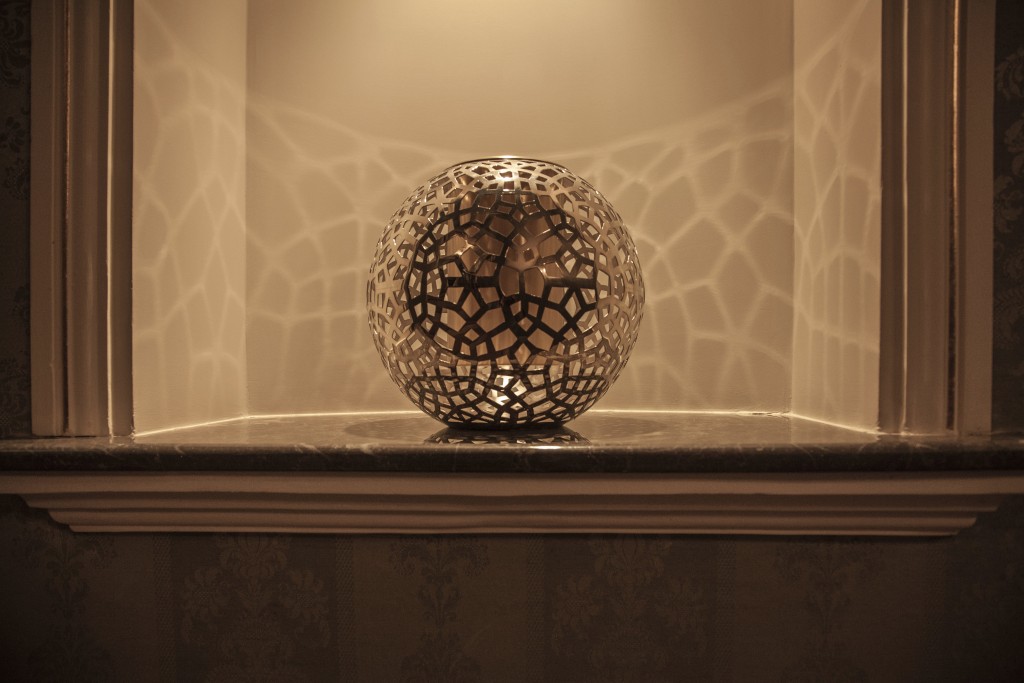
Rumi Vase
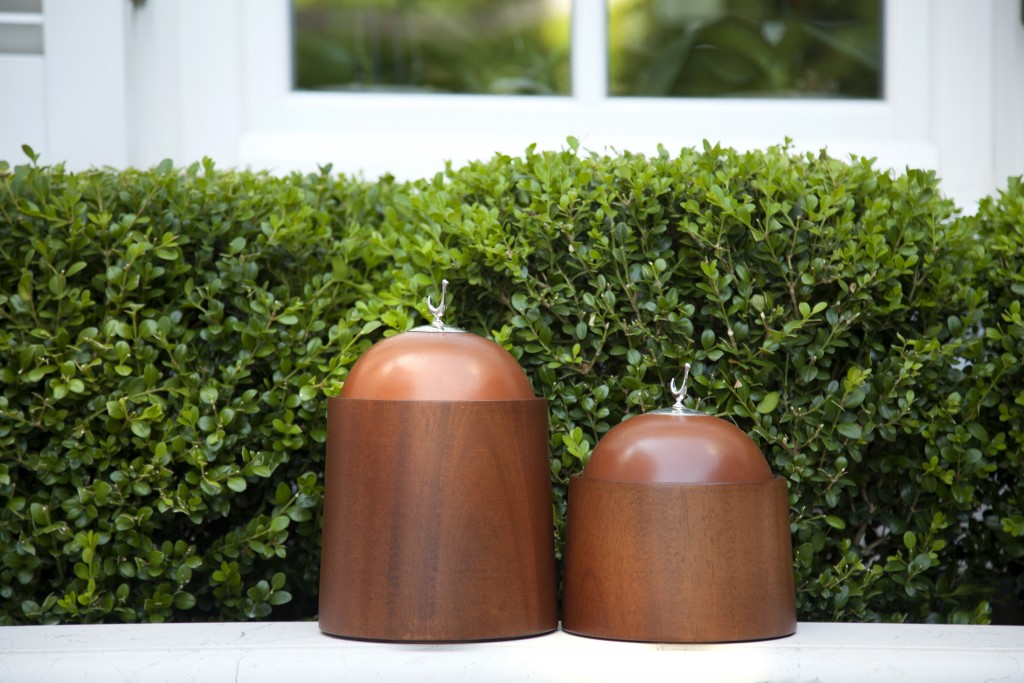
Wooden Box with Leather Lid
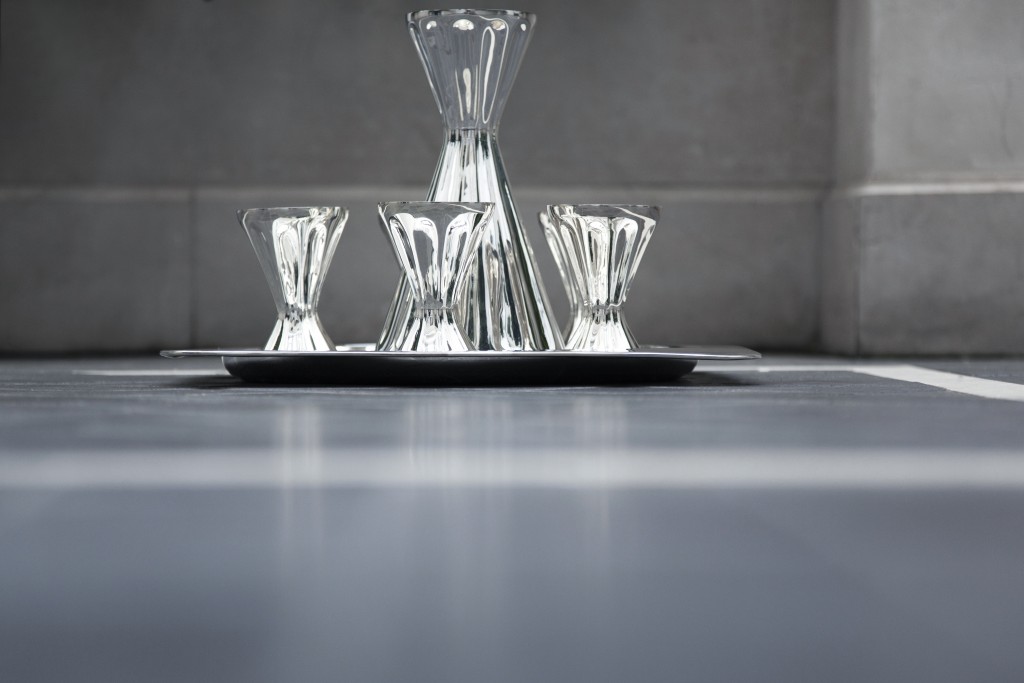
Liquor Set
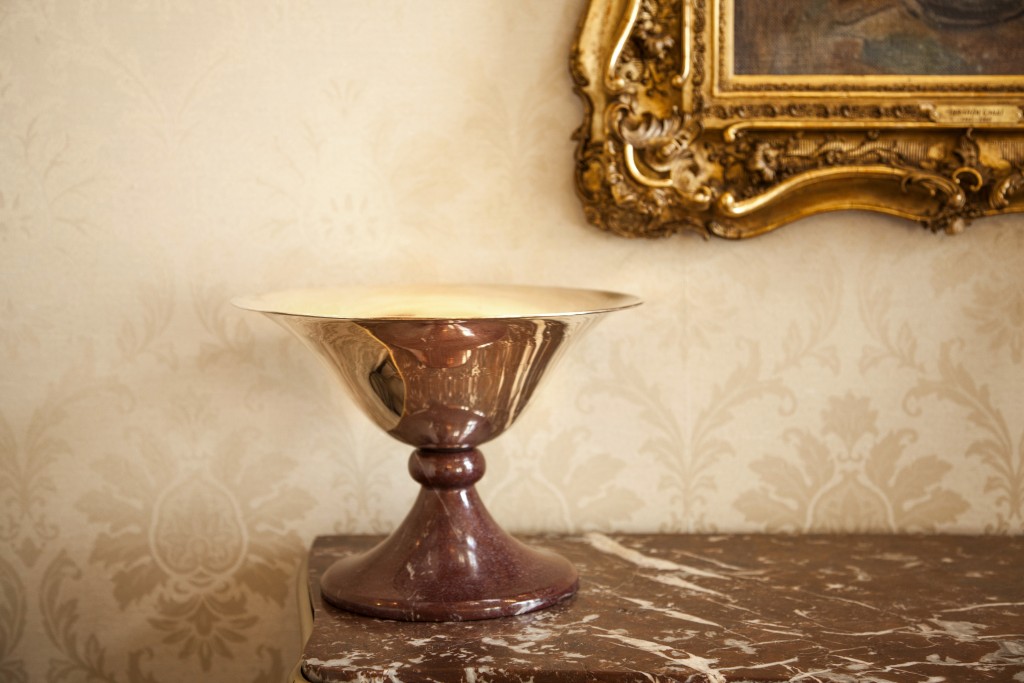
Tulip Vase
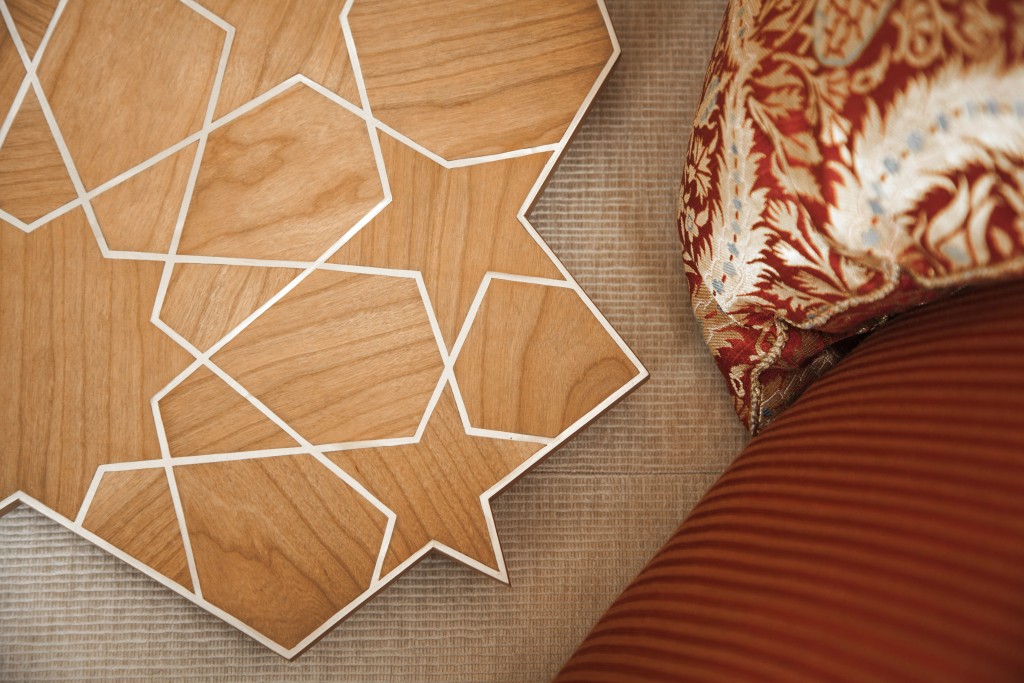
Landscape cheese platter & Kemha Fabric Pillow
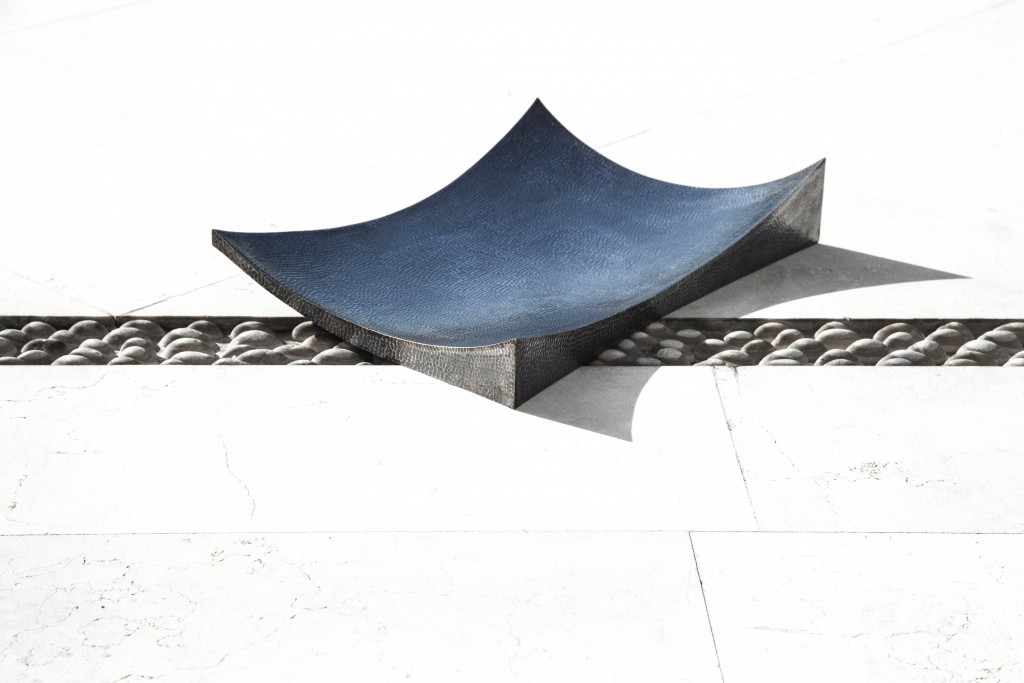
Serving Platter
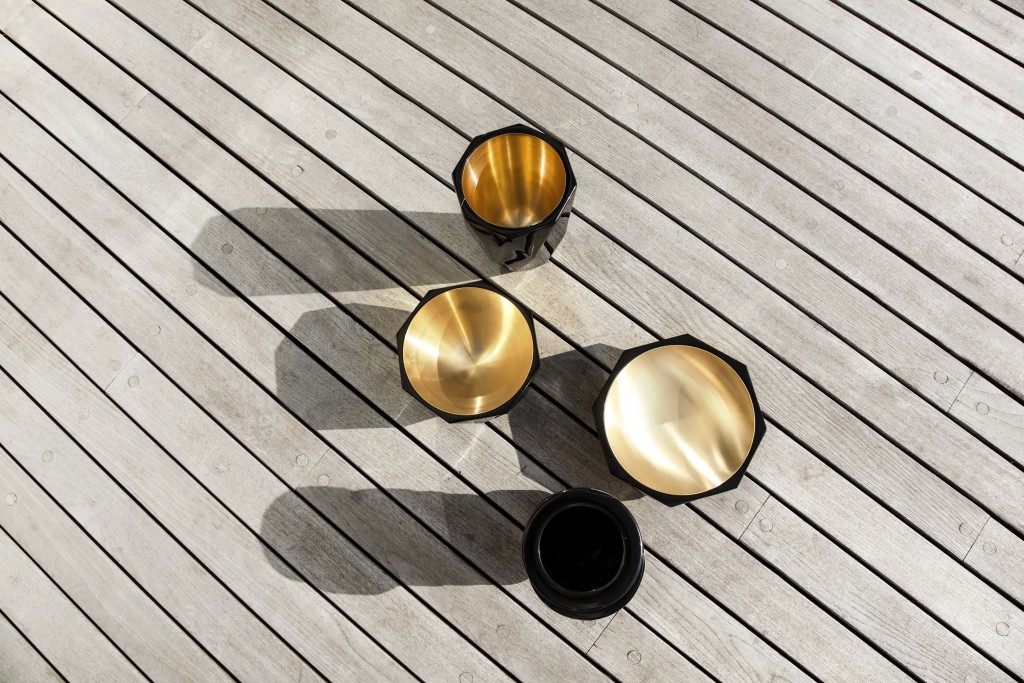
Pixel Vase and Fasad Set
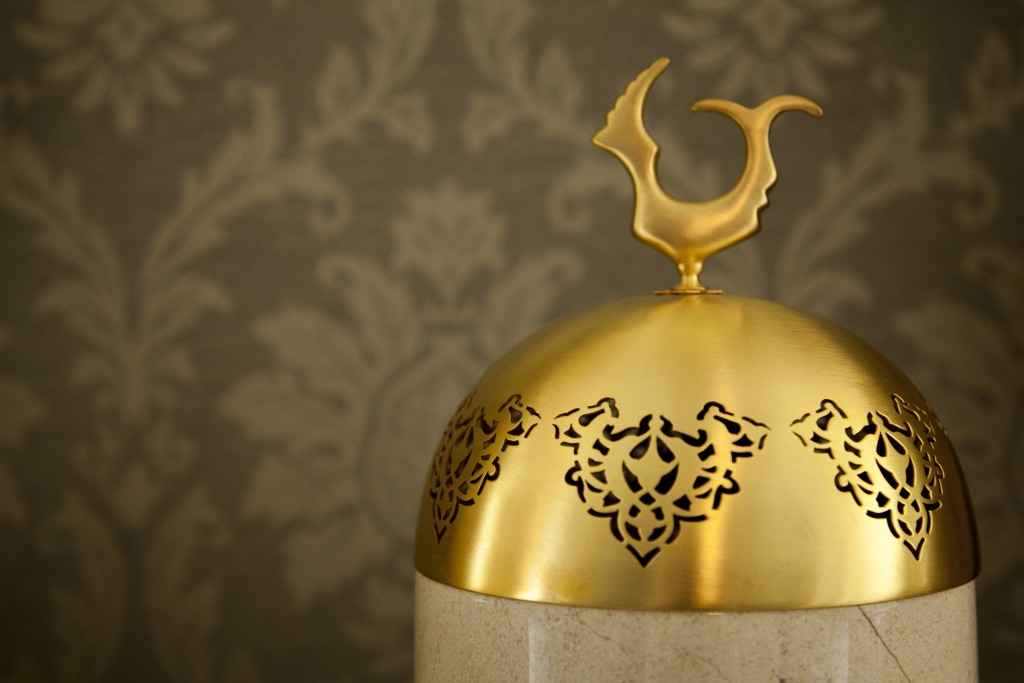
Dome Box
‹ Back



